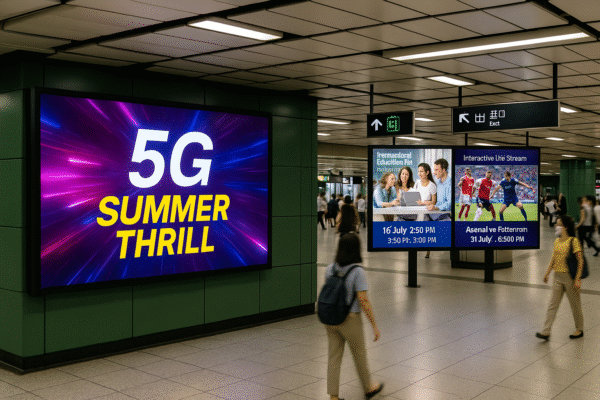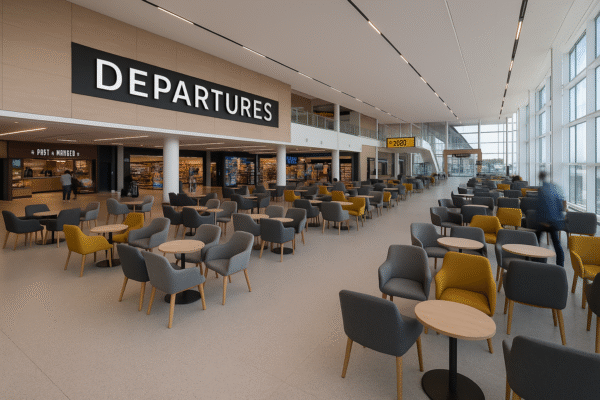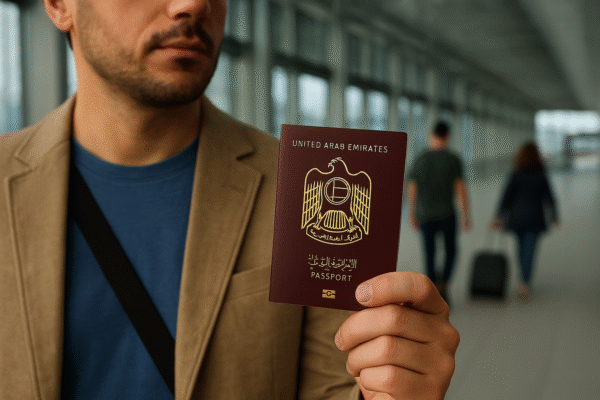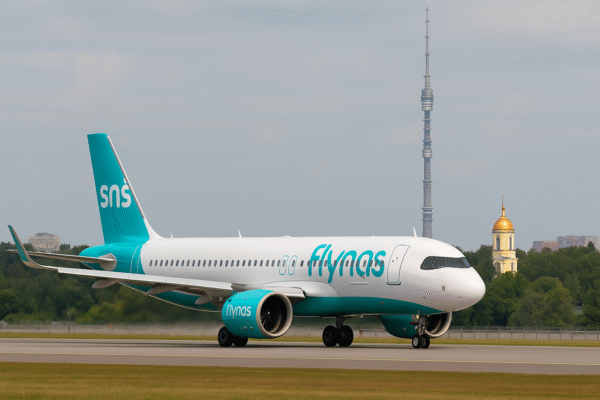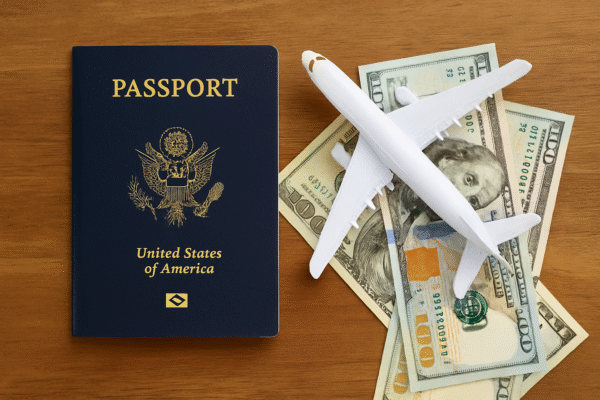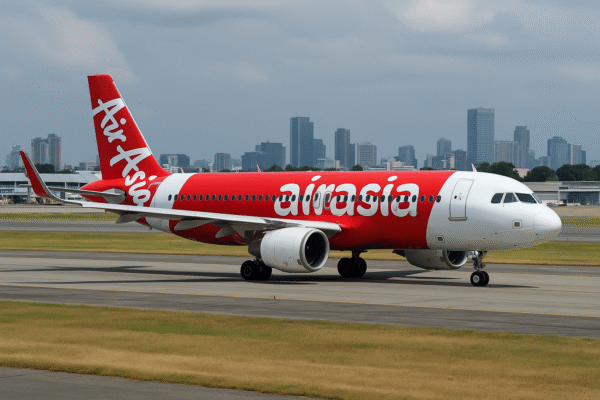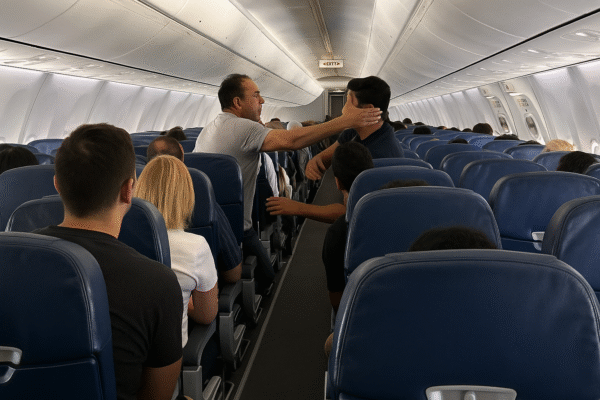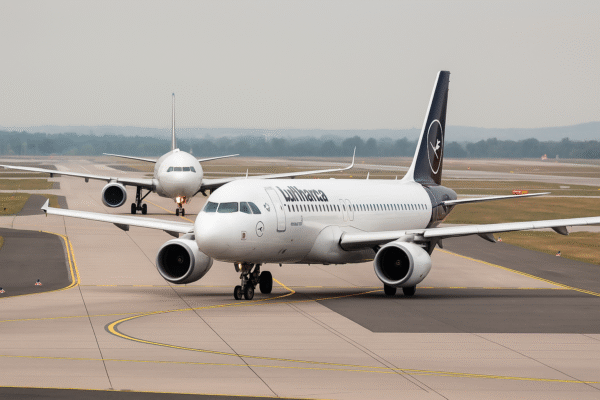As international travel becomes more accessible and competitive, the choice between connecting flights in the U.S. versus abroad can significantly shape a traveler’s journey. Whether you’re flying from Toronto to Bangkok or Los Angeles to Athens, your layover decision can impact comfort, time management, and even your budget. So, should you make your connection in a U.S. city or opt for an international hub?
The Perks of U.S. Flight Connections
For travelers departing from smaller domestic cities in the United States or Canada, connecting through a major U.S. hub can be both practical and efficient. According to Helene Quick, a corporate aviation expert, “U.S. connections are often easier to re-route if an issue arises, and elite status benefits usually apply on domestic routes where international ones may not.”
U.S. airports often offer familiar conveniences such as English-language signage, easier customer service access, and consistent airline loyalty perks. Additionally, passengers typically clear U.S. Customs and Border Protection at their first point of entry—streamlining onward domestic travel.
Jason Block, CEO of WorldVia Travel Group, points out that U.S. hubs like Chicago O’Hare, Atlanta, and Dallas/Fort Worth provide robust connectivity across North America. “Travelers flying into a major gateway like JFK or LAX can quickly connect to smaller cities without having to re-clear customs again at their final destination.”
Moreover, domestic connections can help frequent fliers rack up points on airline loyalty programs such as Delta SkyMiles or American AAdvantage, which may not always accrue the same way through foreign carriers.
Why International Layovers Can Be More Enjoyable
While U.S. hubs offer logistical convenience, international airports often shine when it comes to traveler comfort and luxury. Airports like Hamad International Airport (Doha), Changi Airport (Singapore), and Istanbul Airport are renowned for their upscale lounges, indoor gardens, spas, and hotel-quality sleeping pods.
“From superior terminal amenities to high-end culinary options, international airports are designed with long-haul travelers in mind,” says Quick. These perks are especially attractive to business class and first-class fliers, though many amenities are accessible to economy travelers as well.
Another major draw? Stopover programs. Airlines such as Qatar Airways, Turkish Airlines, Emirates, and Icelandair offer multi-day layovers at little to no extra cost. These programs turn what might be a tedious connection into a mini-vacation. For instance, Turkish Airlines allows passengers a free city tour of Istanbul, while Qatar Airways offers discounted hotel stays in Doha through its Discover Qatar initiative.
Customs, Visas, and Time: The Fine Print
Despite the glitz, international layovers come with their own set of practical challenges. In many countries, travelers must clear immigration at the layover destination, which may require a transit visa depending on nationality and airport regulations. For example, Indian passport holders transiting through the Schengen Zone often need an airport transit visa—even for a short layover.
Joy Crutchfield, owner of The Joy Of Travel, advises clients to avoid tight layovers at international hubs. “I always recommend at least three hours between flights when connecting internationally,” she says, citing the complexity and sheer size of airports like Heathrow or Charles de Gaulle.
Some airports require passengers to switch terminals, re-check bags, or undergo additional security screenings—factors that can turn a dream layover into a logistical nightmare. It’s essential to read the fine print on airline tickets and consult with a travel advisor regarding visa requirements.
U.S. Airports: Pros and Pitfalls
Although U.S. airports offer logistical simplicity for domestic travelers, they’re not without flaws. The infrastructure at several U.S. hubs lags behind international counterparts. Travelers frequently complain about long security lines, limited lounge access, and outdated facilities.
Moreover, for international arrivals, U.S. immigration wait times can be long, especially at peak hours. According to U.S. Customs and Border Protection, average wait times at JFK and Miami International Airport often exceed 30 minutes, with occasional delays stretching much longer.
Making the Right Choice for Your Journey
Here’s a breakdown of what to consider when choosing your flight connection:
| Criteria | U.S. Connection | International Connection |
|---|---|---|
| Customs & Immigration | Cleared at first U.S. airport | May need transit visa or additional clearance |
| Airport Amenities | Basic to moderate | High-end lounges, spas, layover hotels |
| Loyalty & Status Benefits | Full benefits on domestic airlines | Varies with airline partnerships |
| Layover Opportunities | Limited to airport | Explore another country via stopover programs |
| Language & Navigation | English signage, familiar layout | May require translation or guidance |
| Flight Options | Extensive U.S. domestic network | More direct long-haul connections from hubs |
Final Thoughts: Know Your Priorities
Whether you prioritize simplicity, luxury, or the opportunity to squeeze in another destination, both U.S. and international connections offer distinct advantages. Travelers departing from or returning to North America may prefer U.S. hubs for ease of logistics and rebooking flexibility. However, those seeking a more memorable experience or international discovery may find value in connecting abroad.
Ultimately, the best choice comes down to personal travel goals. Plan with awareness, build buffer time into your itinerary, and don’t underestimate the power of a smart layover—be it at home or across the globe.
For more travel news like this, keep reading Global Travel Wire

